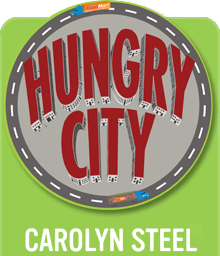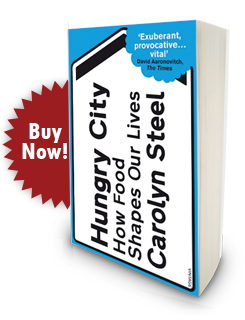Whatever you think of Prince Charles, there is no denying his ability to stir up impassioned debate, and with his latest GM outburst, he has drawn the sort of response from the scientific community that inquisitive boys usually get when they stick their fingers into hornets’ nests. Which is a pity, because, as ever with Prince Charles, his ability to hack off the professionals is matched only by his knack of putting his finger on something rather important.
True, his apparent dismissal of GM as ‘the biggest disaster, environmentally, of all time’ has grabbed all the headlines, but if you look at what he is actually saying, it is not GM per se, but the idea that we can rely on what he calls ‘one form of clever genetic engineering after another’ to feed the world, that he is attacking. He has a point. If you put a hundred of the most eminent agronomists and scientists in a room today and asked them to vote on whether GM was the answer to the world’s future, they would be split down the middle. The point is that we simply don’t know yet. The only sensible route, therefore, is to keep all our options open.
Which brings us on to the Prince’s second point: that GM technologies tend to be ‘run by gigantic corporations’. As he rightly points out, it is ‘food security, not food production’ we should be talking about. Here, surely, is the nub of the matter. The GM debate is likely to run and run, for at least as long as the Darwinian one has – or the religious one. On matters of great import, it is rare for everyone to see eye to eye. Meanwhile, however, two things are clear:
– Plenty of food to feed the world is currently produced, yet 850 million still go hungry
– Whatever farming policy we adopt in the future, it must be based on stewardship, rather than exploitation, of natural resources.
Food is the biggest challenge we face today, yet its political, economic, social, environmental and cultural complexities tend to obscure its fundamental truths. But whatever our vision of the future, there is no doubt that the Prince’s dystopian vision of millions of small farmers being driven off the land to live in ‘unsustainable, unmanageable degraded and dysfunctional conurbations’ is already happening. Food, and and the way we produce and control it, is already shaping the world. What we need to find is a way of using food to shape a better one.
The Prince Charles Telegraph interview










